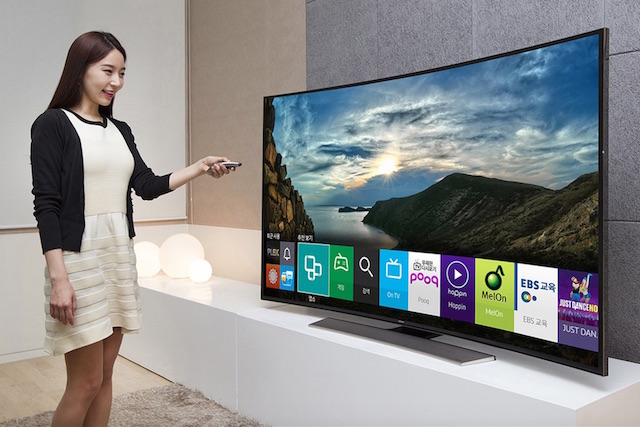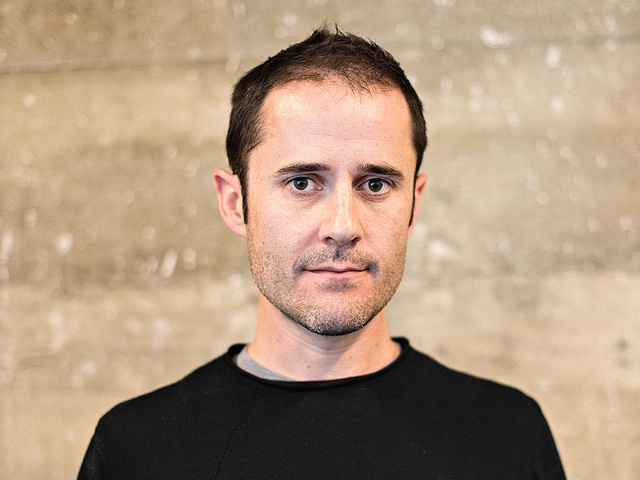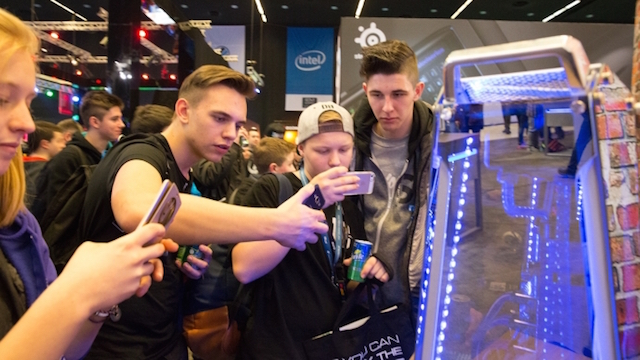As always Mary Meeker’s State of the Internet report hits us with mass of information, this year compressed onto a 355 slide Powerpoint presentation.
There’s a wealth of detail in the report but two big trends stood out – that global internet advertising spend will overtake TV ad revenues and music industry revenues have reversed a 16 year decline as subscription services gain market share.
Subscriptions becoming the main revenue source for music companies suggests ]new internet business models are slowly evolving although how that lessons can be applied to other industries remains to be seen.
In the world of advertising, that online is now attracting a greater spend than TV is a major milestone in the shifting marketplace. Although Facebook and Google’s dominance – Meeker estimates 85% of revenue growth is going to the two companies – will present challenge to advertisers and agencies.
Also notable is how mobile revenues and handset sales are slightly better than flat, indicating the biggest market of last decade is now mature.
There’s many other insights in this report so it’s worth spending a few hours on it to reflect on how some of these trends may affect your industry.




